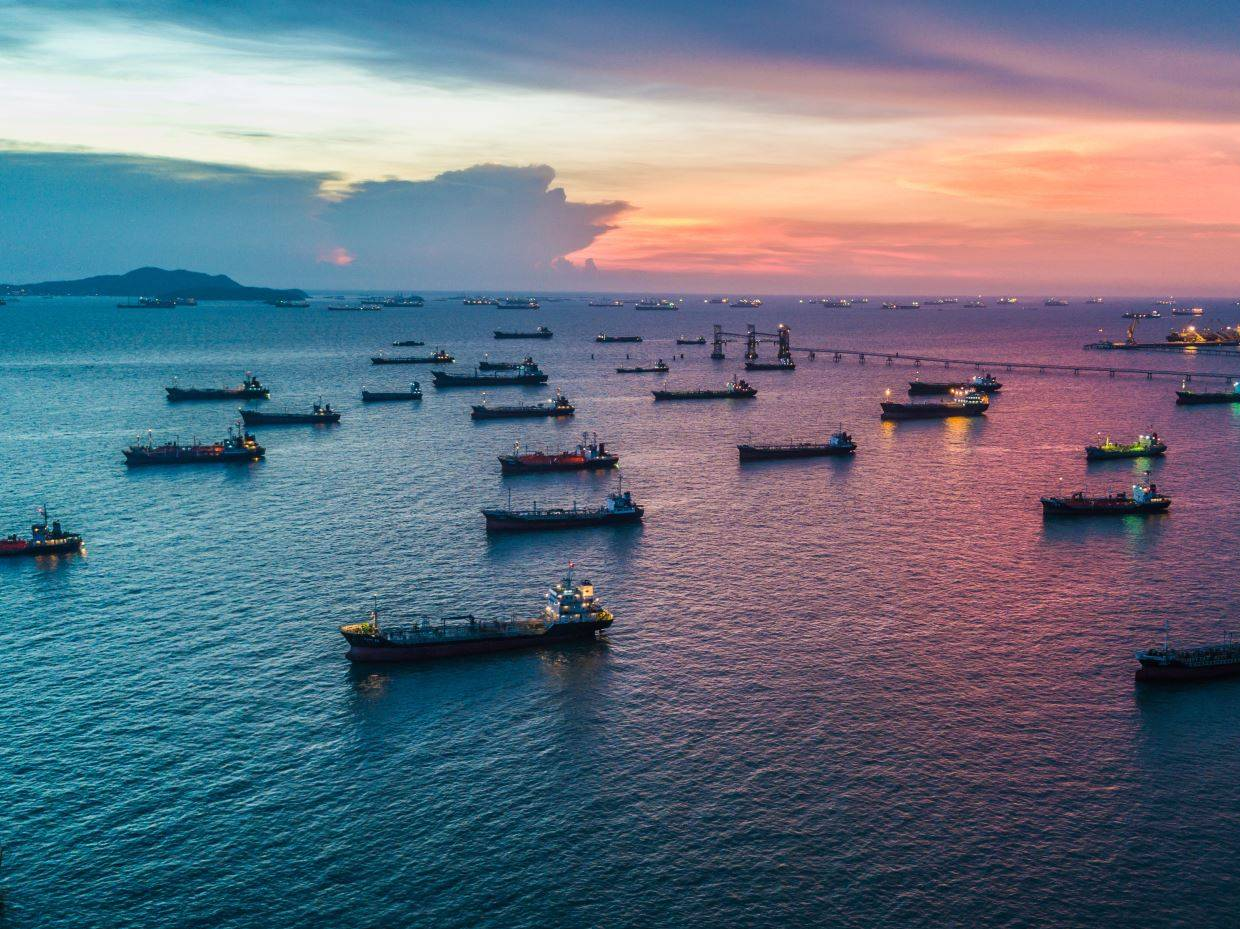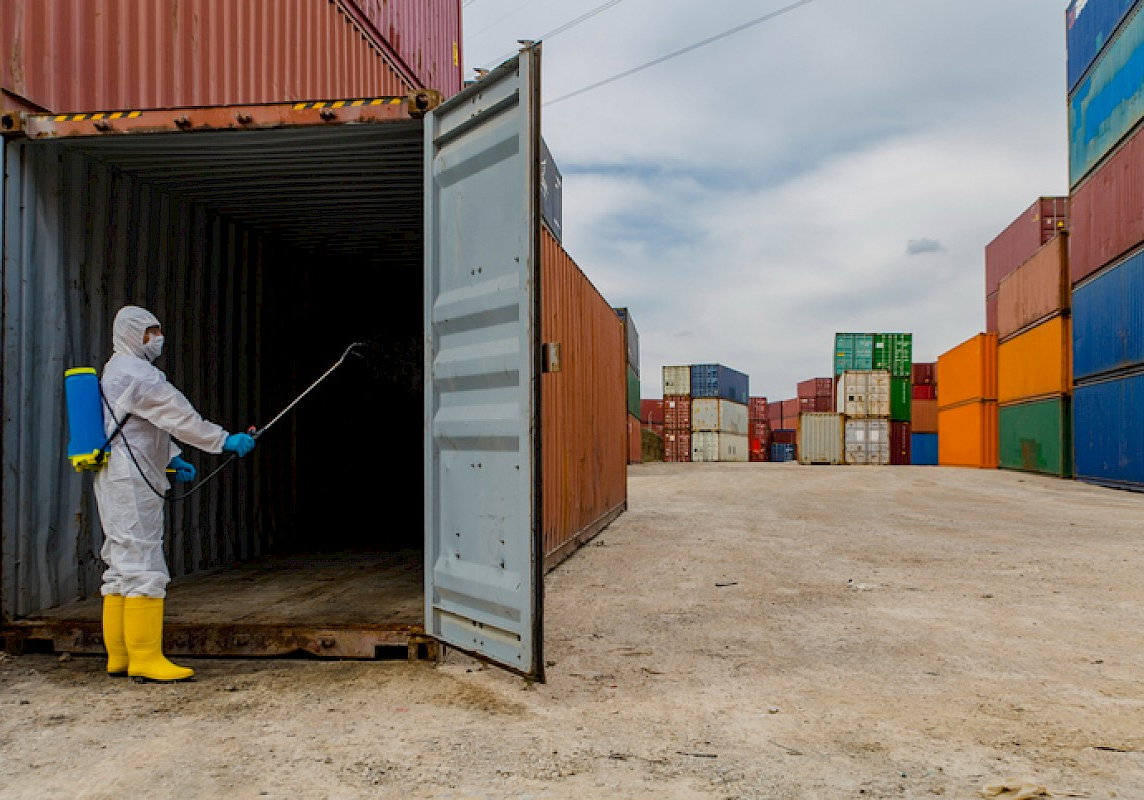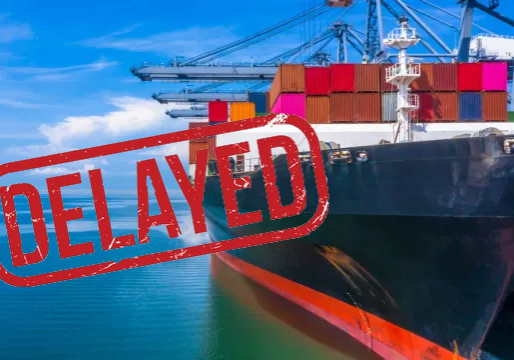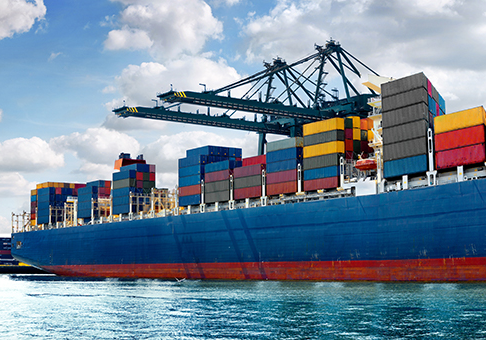

Moving containers from point A to point B has become more challenging.
Congestion at the ports is severe, COVID outbreaks are causing labor shortages, equipment shortages continue, and vessel delays are reaching all-time highs. Here is an overview of the factors affecting the industry.
Congestion Continues
The holiday surge has passed...
But with close to record volume on Asia to North America trade lanes, congestion at the ports is increasing.
- Sea-Intelligence Maritime Analysis reports that global liner schedule reliability in December fell to 44.6 percent, down from 50 percent the previous month and 76.3 percent a year ago.
- In LA and Long Beach, ships are stacked up and waiting 10 to 14 days to unload, creating congestion on the docks.
- This congestion has caused schedules to be upended and has compromised reliability.
- Export bookings against delayed ships are being held up, resulting in uncertain departure dates.
- Carriers are continuously changing receiving dates, making it hard for truckers to know when they can reliably pick up containers. This is affecting turn times.
- No one knows how long congestion will last, but it is not expected to abate until May or June.
- Congestion is building at US East Coast ports and in European and UK ports as well.
- Blank sailings are used during Chinese New Year as container movement slows to allow ports to catch up. This year, carriers minimized blank sailings to clear exports that are building at Chinese ports. Unfortunately, congestion at US ports is leaving carriers short on ships making it harder to clear the backlog in China.
COVID Concerns
Hundreds of ILW workers have come down with the virus.
Many others are quarantining due to exposure. Others are concerned about their health and not showing up for their shifts.
- Worker allocations have been cut back, slowing loadings and unloadings and adding to delays.
- An effort has been made by port officials, industry organizations, and maritime regulators to label these workers essential, rendering them eligible for vaccines since they are responsible for keeping the supply chain running, and any disruption would impact the economy.


Rates are Volatile
Rates have reached record levels.
- The bad news is that rates have reached historical highs.
- The good news is that they remain steady and have not increased in weeks.
- Many contract rates are not being honored.
Space is at a premium & there are heavy schedule delays
Availability is in short supply, making it difficult to secure space.
- Vessels are overbooked, and in Shanghai, it is estimated that 37% of containers are being rolled.
- Carriers are pushing premium services, but that is still no guarantee of having cargo loaded.
- Hapag-Lloyd has already announced cancellations of 21
eastbound sailings in February to restore schedule integrity. - Complaints about service levels and rising rates have attracted regulators' attention in the US, Europe, and Asia.


Equipment Shortages Continue
Shortages have especially plagued Europe and China while also affecting the US.
- Equipment surcharges are being assessed to secure containers.
- Carriers are giving priority to empty box returns to Asia since they can be turned around faster and placed back into service at a premium price.

